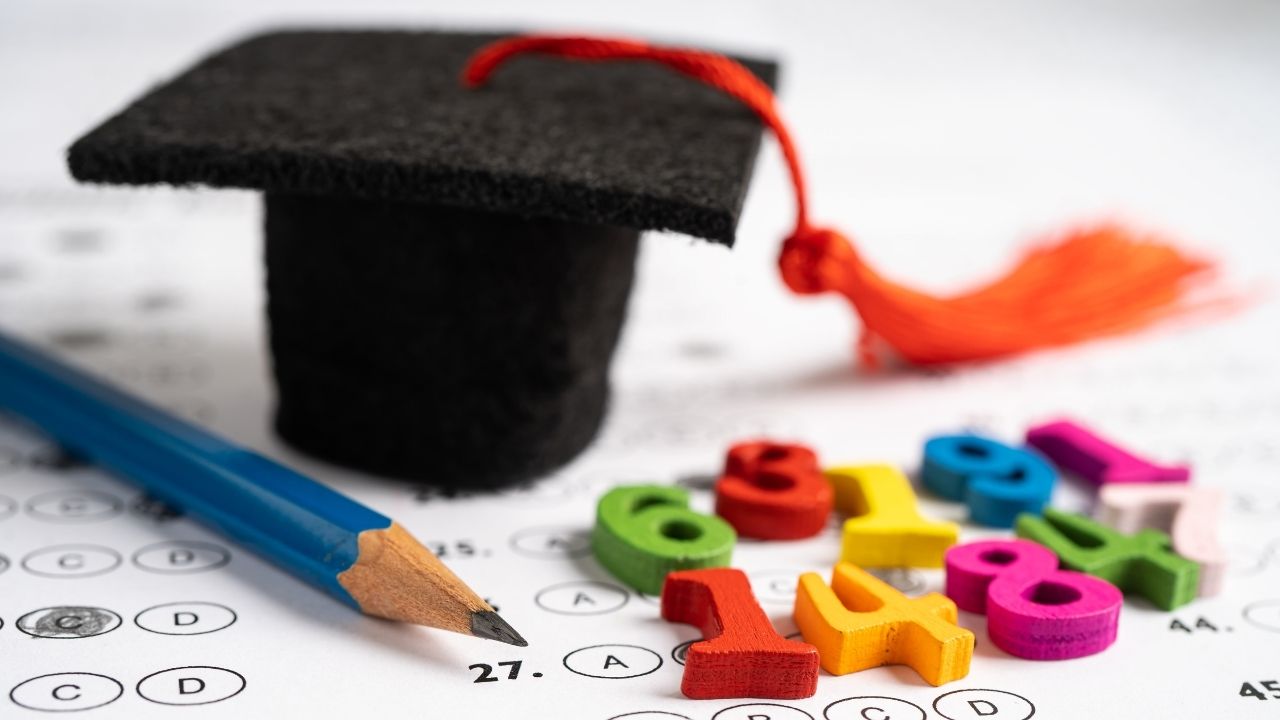
The Importance of a Comprehensive Transition Plan
A well-crafted transition plan is essential for special education students as they prepare to move from high school to post-secondary life. The transition plan should be a collaborative effort involving the student, their family, educators, and other support professionals. The goal is to create a roadmap that guides the student towards their desired post-secondary outcomes, whether it be further education, employment, or independent living.
Key Components of a Transition Plan
A comprehensive transition plan for special education students should include several key components:
1. Individualized Education Program (IEP): The transition plan should be an integral part of the student's IEP. It should be developed no later than the student's 16th birthday and be reviewed and updated annually.
2. Post-secondary goals: The plan should clearly outline the student's post-secondary goals in the areas of education, employment, and independent living. These goals should be based on the student's strengths, interests, and preferences.
3. Accommodations and modifications: The transition plan should identify the accommodations and modifications the student will need to successfully transition to post-secondary life. This may include assistive technology, extended time on tests, or modified coursework.
4. Support services: The plan should identify the support services the student will need to achieve their post-secondary goals. This may include vocational rehabilitation services, mental health services, or transportation assistance.
5. Vocational training: If the student's post-secondary goal includes employment, the transition plan should include vocational training opportunities. This may include job shadowing, internships, or work-based learning experiences.
6. Self-advocacy skills: The transition plan should include activities and instruction to help the student develop self-advocacy skills. This may include teaching the student how to disclose their disability, request accommodations, and navigate the post-secondary environment.
The Role of the Student and Family
The student and their family should be active participants in the development of the transition plan. The student's input is crucial in identifying their strengths, interests, and goals. The family can provide valuable insight into the student's needs and help ensure that the plan is realistic and achievable.
Collaboration with Adult Service Providers
The transition plan should also include collaboration with adult service providers. This may include agencies such as vocational rehabilitation, mental health services, or independent living centers. By establishing these connections early, the student can have a smoother transition to post-secondary life.
Ongoing Monitoring and Evaluation
The transition plan should be a living document that is regularly monitored and evaluated. The student's progress towards their post-secondary goals should be tracked, and the plan should be adjusted as needed. This ongoing process helps ensure that the student is on track to achieve their desired outcomes.
Conclusion
A comprehensive transition plan is a critical tool for special education students as they prepare for life after high school. By including key components such as post-secondary goals, accommodations, support services, vocational training, and self-advocacy skills, the plan can help the student successfully navigate the challenges of post-secondary life. The active involvement of the student, family, educators, and adult service providers is essential in creating a plan that is tailored to the student's unique needs and goals. With a well-designed transition plan in place, special education students can achieve their full potential and lead fulfilling lives beyond the classroom.
 Careers in EducationElementary EducationHigh School EducationEducational TechnologyTeaching StrategiesSpecial EducationPrivacy PolicyTerms And Conditions
Careers in EducationElementary EducationHigh School EducationEducational TechnologyTeaching StrategiesSpecial EducationPrivacy PolicyTerms And Conditions
